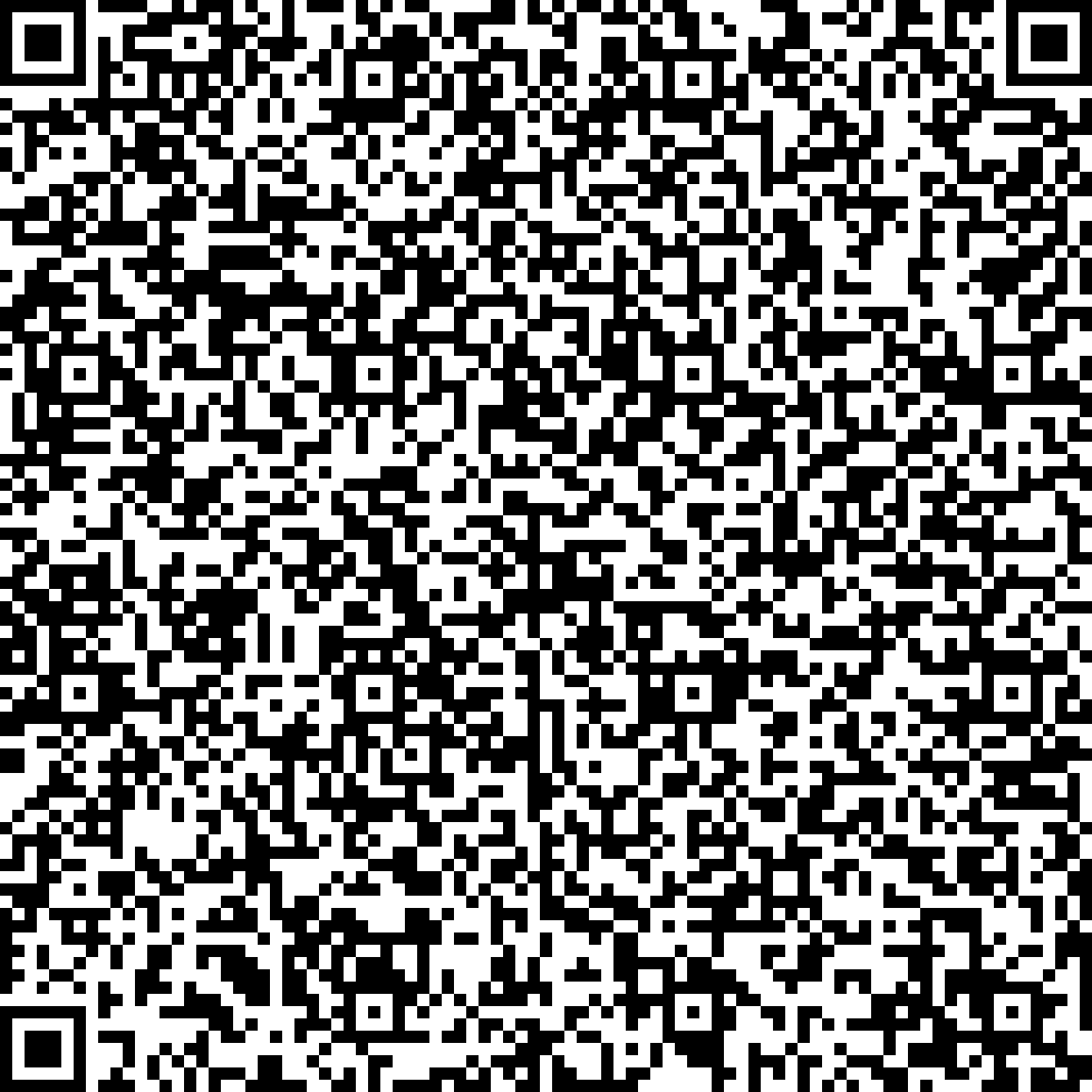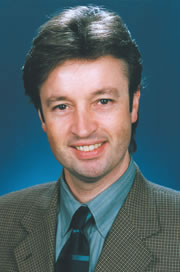


The continuing miniaturization of semiconductor devices has currently reached a stage where further progress does not seem to be feasible for much longer without changing the traditional device structure. Several dimensions are about to meet their physical limits (like the thickness of the gate oxide or dopant concentration vs. junction depth in ultrashallow junctions) and require novel solutions. Even where traditional device recipes can still be used, the statistical variations of only a ``few'' dopant atoms and the dominant role of the interfaces between the ultrathin films that form the devices question more and more the use of mean-field theories. Thus, a sensible description of the device requires an unprecedented attention to the detailed geometry and electronic properties on the atomic scale. In this talk, we will examine the role of atomistic simulations - mostly on the basis of quantum mechanical ab-initio methods - for current and future semiconductor process and device simulation. We will briefly discuss ``atomistic enhancements'' of traditional process modeling to include small-scale effects such as dose loss or interface segregation to completely atomistic process modeling based on molecular dynamics and kinetic lattice Monte Carlo techniques. In a further step, we will discuss simultaneous process and electron-transport modeling on the atomic scale for the example of carbon nanotube Schottky devices. Finally, we will discuss the nanoscale characterization problem, where traditional techniques such as SIMS or traditional TEM work do not give the needed information anymore. We will present coupled experimental-theoretical methods based on analytical transmission electron microscopy techniques (Z-contrast spectroscopy and electron energy-loss spectroscopy) that can detect single dopant atoms and even allow to ``see'' the atomic structure of amorphous oxide layers.
Work done in collaboration with: Prof. Gerd Duscher (North Carolina State University).



The continuing miniaturization of semiconductor devices has currently reached a stage where further progress does not seem to be feasible for much longer without changing the traditional device structure. Several dimensions are about to meet their physical limits (like the thickness of the gate oxide or dopant concentration vs. junction depth in ultrashallow junctions) and require novel solutions. Even where traditional device recipes can still be used, the statistical variations of only a ``few'' dopant atoms and the dominant role of the interfaces between the ultrathin films that form the devices question more and more the use of mean-field theories. Thus, a sensible description of the device requires an unprecedented attention to the detailed geometry and electronic properties on the atomic scale. In this talk, we will examine the role of atomistic simulations - mostly on the basis of quantum mechanical ab-initio methods - for current and future semiconductor process and device simulation. We will briefly discuss ``atomistic enhancements'' of traditional process modeling to include small-scale effects such as dose loss or interface segregation to completely atomistic process modeling based on molecular dynamics and kinetic lattice Monte Carlo techniques. In a further step, we will discuss simultaneous process and electron-transport modeling on the atomic scale for the example of carbon nanotube Schottky devices. Finally, we will discuss the nanoscale characterization problem, where traditional techniques such as SIMS or traditional TEM work do not give the needed information anymore. We will present coupled experimental-theoretical methods based on analytical transmission electron microscopy techniques (Z-contrast spectroscopy and electron energy-loss spectroscopy) that can detect single dopant atoms and even allow to ``see'' the atomic structure of amorphous oxide layers.
Work done in collaboration with: Prof. Gerd Duscher (North Carolina State University).